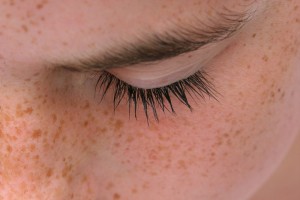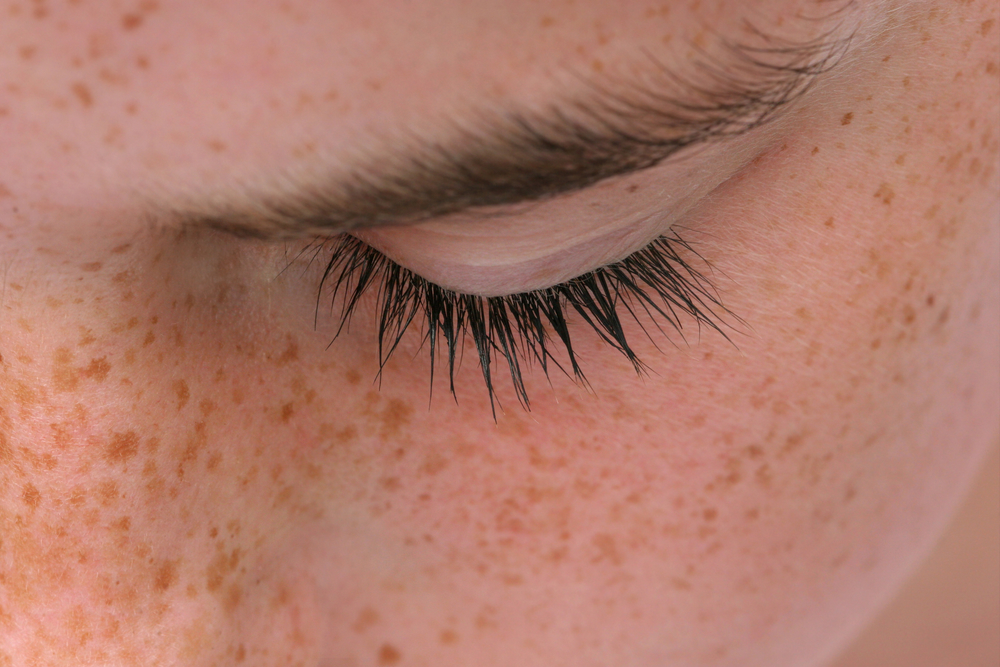 In a recent study titled “Interactions between Ultraviolet Light andMC1R and OCA2 Variants Are Determinants of Childhood Nevus and Freckle Phenotypes”, published in the Cancer Epidemiology, Biomarkers & Prevention journal, a research team led by Dr. Neil F. Box, Department of Dermatology, University of Colorado, has found that different interactions between UV exposure profiles and different genotypic combinations can determine the number and size of nevus, along with the amount of facial freckling.
In a recent study titled “Interactions between Ultraviolet Light andMC1R and OCA2 Variants Are Determinants of Childhood Nevus and Freckle Phenotypes”, published in the Cancer Epidemiology, Biomarkers & Prevention journal, a research team led by Dr. Neil F. Box, Department of Dermatology, University of Colorado, has found that different interactions between UV exposure profiles and different genotypic combinations can determine the number and size of nevus, along with the amount of facial freckling.
Melanocytic nevi (which are composed of melanocytes) and freckles are commonly accepted biomarkers of an increased risk of melanoma. Nevus is by definition, the medical term for sharply circumscribed, chronic lesions of the skin or mucosa. Commonly called birthmarks, these lesions are usually benign. However, there are a significant percentage of malignant melanomas (25%) that develop from pre-existing nevi.
Both melanocytic nevi and freckles can suffer from the same type of UV light exposures and genetic susceptibilities that lead to increased melanoma risk.
However, these complex UV-nevus-freckling genes interactions remain largely unknown.
To address this question, the research team designed a longitudinal study in 477 children from Colorado, age 6 to 10, whose information for sun exposure, sun protection behaviors, and full body skin exams had been gathered.
The team genotyped two genes known to be involved in pigmentation and melanoma susceptibility, MC1R and HERC2/OCA2, creating linear mixed models to identify main and interaction effects.
The results showed that different events of sun exposure, including chronic exposure, sunburns, and waterside vacations, contributed to the total number of nevus. However, cumulative chronic exposure was the major contributor for nevus development. Waterside vacations significantly increased total nevus counts in children who carried a particular single nuclear polymorphism (rs12913832, blue eye color allele) in the HERC2/OCA2 gene, and the number of facial freckles in children with the MC1R red hair color variants.
Importantly, the researchers found that sunburns were responsible for increasing the numbers of nevi larger than 2mm, in children who had specific MC1R and rs12913832 genotypes.
These results highlight the importance of teaching children to adopt a sun-protective behavior, independently of genetic make-up, even though specific genetic variants that have a natural risk of melanoma could benefit the most from preventive measures.


